- Messages
- 1,218
Why dd the pinion fall off?!?
He noted that in his write up. The motor shaft was too short to properly attach the pinion he was using.
Follow along with the video below to see how to install our site as a web app on your home screen.

Note: This feature currently requires accessing the site using the built-in Safari browser.
Why dd the pinion fall off?!?
Cool! 1--What track is it & where? 2--I thought you said the 175RC pinion solved the problem = did you use it? Why dd the pinion fall off?!?
Thx
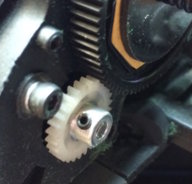
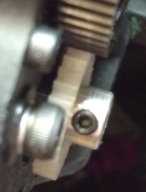
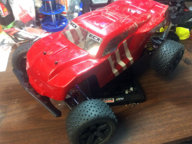
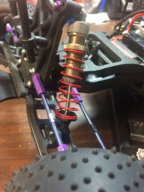
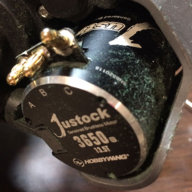
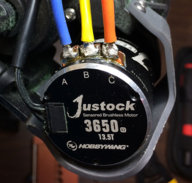

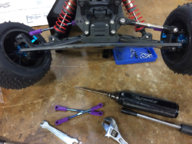
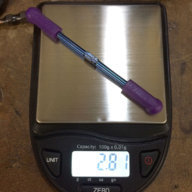
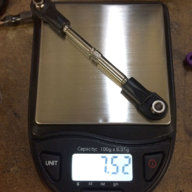
I've heard multiple times that my truck is sitting too high. Still using stock shocks with 35 weight oil and the collars removed in the front and added 35 grams of lead on the front end.
Register and gain access to Discussions, Reviews, Tech Tips, How to Articles, and much more - on the largest ECX RC community for RC enthusiasts that covers all aspects of the ECX brand!
Register Today It's free! This box will disappear once registered!